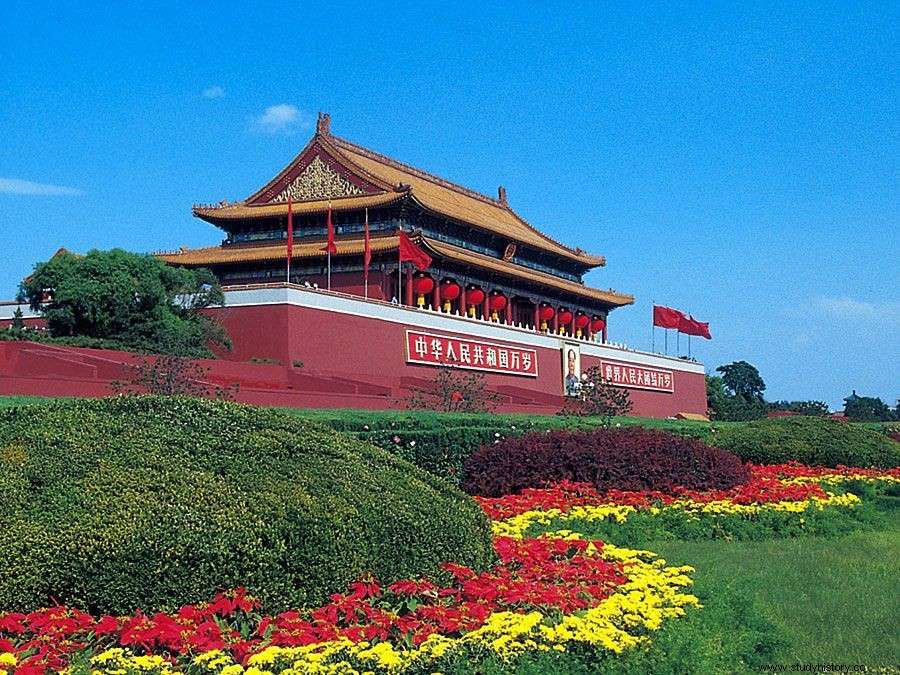Qi , Wade-Giles Romanization Ch'i , one of the largest and most powerful of the many small states into which China between about 771 and 221 v . Chr . Has been split .
 Britannica Quiz Exploring China:Fact or Fiction? Does China have about half the world's population? Is China the most densely populated country on earth? Test the density or sparsity of your knowledge of China with this quiz.
Britannica Quiz Exploring China:Fact or Fiction? Does China have about half the world's population? Is China the most densely populated country on earth? Test the density or sparsity of your knowledge of China with this quiz. 7th and 6th centuries v . Chr . Began Qi, located at the extreme eastern edge of the North China Plain present-day Shandong and Hebei provinces was expanding in size and at least expanding by incorporating many earlier "barbaric" areas sixfold in his kingdom. Moreover, under the rule of his semi-legendary prince Duke Huan ( Qi Huangong ) and his famous advisor Guan Zhong, a unified tax system was introduced, a central army was created, and state monopolies for the salt and iron production formed. At the same time, a centralized Bureaucracy based on talent rather than hereditary rank. Although all of these changes aren't unique to Qi, it was the first state to fully implement them all.
As a result, Qi began to dominate most of China. 651 v. it formed the area's small states into a league that successfully repelled invasions from the semi-barbarian regimes to the north and south. Although this way Qi Hegemony over China, his reign was short-lived. After the death of Duke Huan, he lost leadership of the new Confederacy due to internal disturbances. Meanwhile other states grew in power.
4th century v . Chr . Under the leadership of a new ruling house, Qi again became a dominant power in Chinese politics, and by the early 3rd century it made an unsuccessful attempt to regain sole hegemony. After that it refused. Finally absorbed the state Qin 221 v . Ch. The Remnants of Qi and completed the unification of all of China under a strong central government.
